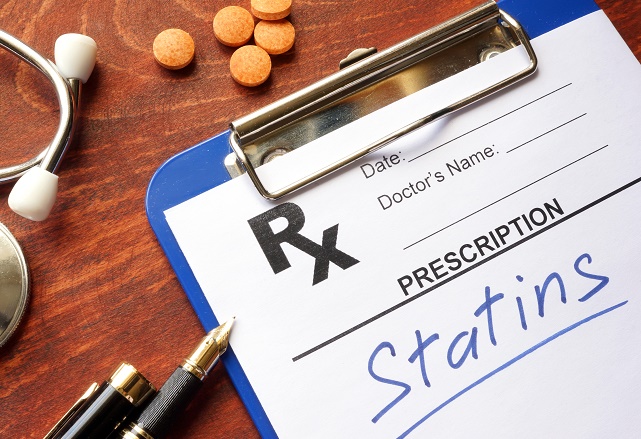I’m a firm believer of having early dinners and hardly ever indulge in suppers. Our current dinner time is very early as two of my children are back from school at 4 p.m. Instead of giving them the opportunity to have snacks and then only have dinner at 7-ish p.m., I make sure that by the time they are home at 4 p.m., home-cooked dinner is ready on the dining table. Thus, I have my dinner at 4 p.m. as well, on most days. On other days, we have our dinner before 7 p.m. By bedtime around 10:30 p.m., my tummy would already feel empty but I am fine with it and only have my first meal of apple cider vinegar with raw honey and psyllium husk at around 5 or 6 a.m. the next day. That’s a 12-hour fast I have here.
Having your last meal of the day early (at least 4-5 hours before bedtime) and only eating your first meal of the day at least 12 hours apart is a form of intermittent fasting, aka time-restricted feeding.
Intermittent fasting involves entirely or partially abstaining from eating for a set amount of time, before eating regularly again. Some studies suggest that this way of eating may offer benefits such as fat loss, better overall health, and increased longevity. Proponents claim that an intermittent fasting program is easier to maintain than traditional, calorie-controlled diets.
The easiest way to do the 12-hour fast is to include the period of sleep in the fasting window. It works pretty well for me.
Align your eating routine with your circadian rhythm, eating during the day and fasting at night. This will be different for each person, but generally it just means that you stop eating after dinner around 5 to 7 p.m. and you begin eating again at breakfast between 5 to 7 a.m. Simple as that!
If you sleep just after having dinner or don’t eat it early, you risk having health issues in the long run. Heartburn, acidity, gas, weight gain and other digestive problems could be a consequence as the digestive track fails to work its best. Most problems can be fixed with an early and light dinner.
Studies typically have shown that when calories get consumed later at night, the body tends to store them as fat rather than burn them as energy. Some studies done with animals found that food is processed by the body in different ways depending on what time of day it’s consumed. This might be because of physical activity, hormone levels, changes in body temperature, biochemical reactions and absorption and digestion of food
If you’re trying to lose weight, you may want to consider eating dinner very early or making a late lunch your last meal of the day.
In a 2018 study, researchers found that meal timing has an impact on human metabolism. They studied a small group of people carrying extra weight and found that those who ate their last meal by mid-afternoon had reduced daily hunger swings and increased fat burning at night.
In another research, eating dinner earlier in the day could help lower your risk of developing cancer.

Benefits of eating dinner early:
1. Better weight control
2. Better digestion
3. Ensures better sleep
4. May reduce risk of cancer
5. Good for heart health
6. Better overall health
Having my dinner early and having only a light one make me feel better and healthier. I used to have an uncomfortable feeling in my tummy after having a heavy dinner in the evening. I’ve never felt better with a better digestive system ever since I started making dinner the lightest meal of the day and eating at least 4 hours before bedtime.
It’s all about taking the effort to make a change in your lifestyle. If you work late, you can have light snacks like sandwiches at your desk or grab a quick bite after an evening meeting. My staple in the office pantry used to be sprouted wheat bread, peanut butter or cheese, which will be my go-to quick dinner whenever I needed to work late.
Start eating a healthy and light dinner at least 3 hours before bedtime for a week and see for yourself the positive changes it would bring to your health, physically and mentally!













